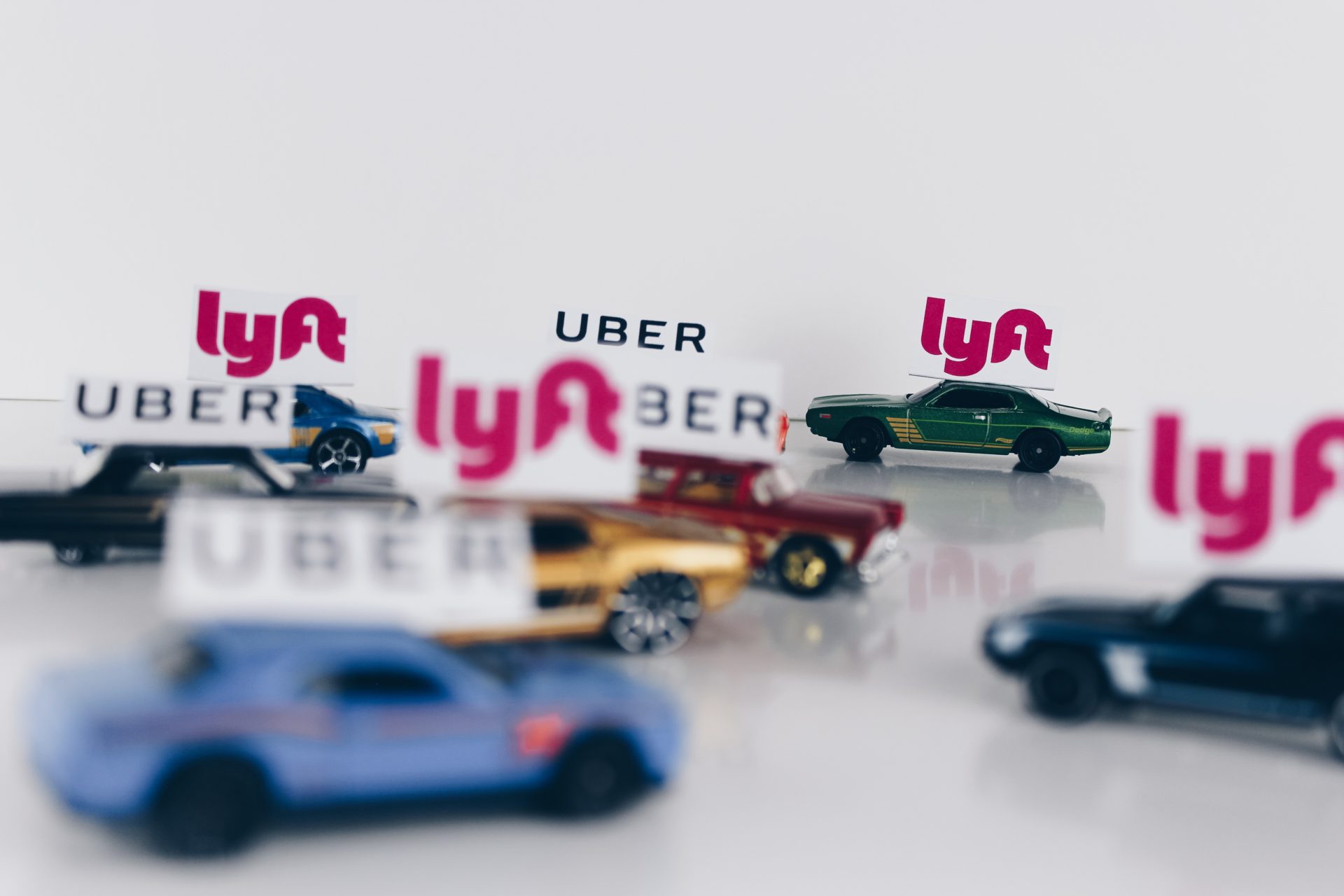Uber and Lyft are popular services for vacation travel, and a great way to get around when you don’t feel safe to drive. With the tap of a button, a ride is waiting within minutes. It doesn’t get more convenient than that.
No one gets into a car and plans to have an accident. In the event that your driver gets into an accident, it is more complicated than if you are driving.
Companies like Uber and Lyft are rideshare services. The drivers operate their personal cars instead of company-owned vehicles. Because the driver’s personal car insurance almost always excludes coverage during a for-hire trip, rideshare services buy extensive insurance policies that protect passengers from the driver’s liability as well as for damages caused by an uninsured or underinsured driver that causes a wreck.
This is different from a rideshare company’s responsibility for sexual or other assaults by a driver, as the company may be liable for those as well. Once again, the rider’s protection is typically better with a rideshare company than traditional common carriers.
Contrarily, most taxis are operated by “shell” companies and typically carry minimal insurance coverage and structure their driver arrangements to shield company assets from judgment in case of a wreck. Many do not even carry uninsured motorist coverage, let alone coverage for damages caused by an underinsured driver.
How Does Auto Insurance Work for Rideshare Drivers?
Almost all personal car insurance policies do not cover damages when the vehicle is being used for commercial purposes, whether that is carrying passengers or delivering pizzas. Unlike dedicated delivery drivers who are covered by the company insurance, rideshare drivers would be unable to operate if they had to incur the costs of an expensive commercial insurance policy.
If an Uber driver causes an accident that injures either the passenger or someone in another car or on the street; what would happen?
The people injured in the crash would make a claim on the driver’s personal liability insurance policy, requesting the carrier to cover them. In turn, the driver would make a claim to his or her carrier under their collision policy to request coverage for the damage the car suffered.
The adjuster will deny both claims once it is inevitably discovered that the car was being used commercially, which violates the terms of the policy. Suing the rideshare driver directly would result in a “paper” or uncollectible judgment as the driver would be forced into bankruptcy.
As you can well imagine, no one would drive for a rideshare company if this was a possibility. The major rideshare companies purchase group insurance to cover their drivers, often with limits of one million dollars or more.
Periods
Insurance companies interpret ridesharing services in three periods.
- Period 0 means the app is closed.
- Period 1 is when the driver has the app open and is waiting for customers.
- Period 2 occurs when the driver is on their way to pick up a passenger they’ve matched.
- Period 3 starts when the customer is in the car and ends when he or she is dropped off.
Uber and Lyft provide insurance policies of their own, but they are restrictive. Drivers are often excluded from recovery by the insurance policy language. This insurance may offer additional coverage to pay for any injuries sustained by the driver or damages to his or her car.
If you are a rideshare driver and don’t have a ridesharing endorsement, you should consider purchasing one. Without it, you won’t be entitled to any coverage from Uber or Lyft and will probably not collect from your personal insurance carrier either.
Our office has represented both drivers and passengers for damages after a rideshare accident. If you’ve been injured in a rideshare accident, contact our office to schedule a free consultation.

